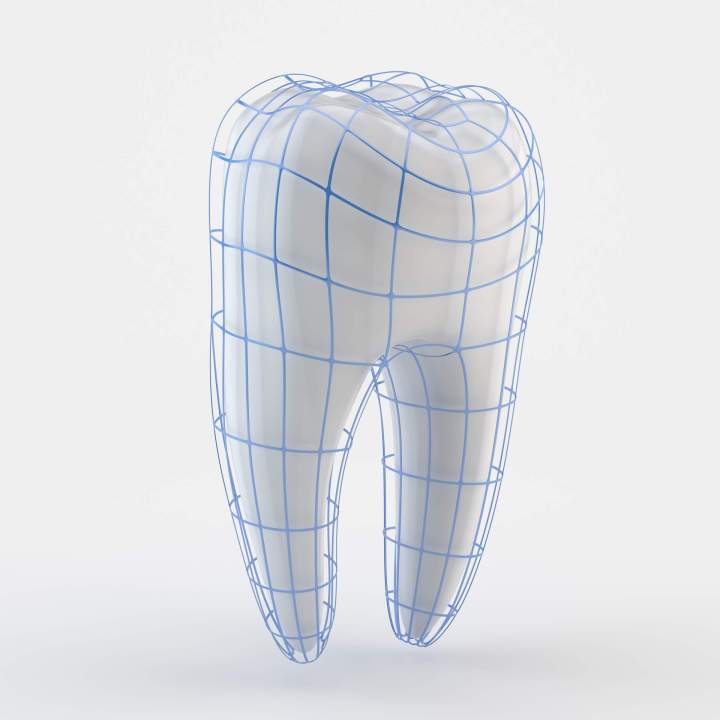How Does Digital Dentistry Improve Accuracy?

Digital dentistry has significantly enhanced the precision of dental procedures. At Sho Dental Laboratory, we utilize digital tools to create highly accurate restorations, improving both the fit and functionality of dental work.
Precision with Digital Impressions
One of the main ways digital dentistry improves accuracy is through digital impressions. Traditional molds used for creating dental restorations could often produce distorted or imprecise results due to the materials used and the discomfort involved. With digital impressions, we use a high-tech scanner that captures 3D images of the teeth and gums, allowing for a more accurate and detailed representation of your dental structure.
This precision helps eliminate errors in the fitting of restorations such as crowns, bridges, and veneers. The accuracy of digital impressions reduces the need for time-consuming adjustments, ensuring a faster and more comfortable treatment process. At Sho Dental Laboratory, we rely on digital impressions to create custom dental restorations that fit perfectly, ensuring the best possible outcomes for our patients.
Enhanced CAD/CAM Technology for Custom Restorations
CAD/CAM technology is another essential tool in digital dentistry that improves accuracy. This system allows for the design and manufacturing of dental restorations, such as crowns and bridges, directly from the digital impressions. The CAD (computer-aided design) software creates a highly accurate 3D model of the patient's teeth, while CAM (computer-aided manufacturing) uses this data to produce restorations with incredible precision. The digital workflow minimizes human error and ensures that every restoration is tailored to fit the patient’s unique dental anatomy.
At Sho Dental Laboratory, we use CAD/CAM technology to produce custom-made dental work that fits seamlessly and provides lasting durability. This integration of digital technology not only enhances accuracy but also optimizes the overall efficiency of the dental treatment process.